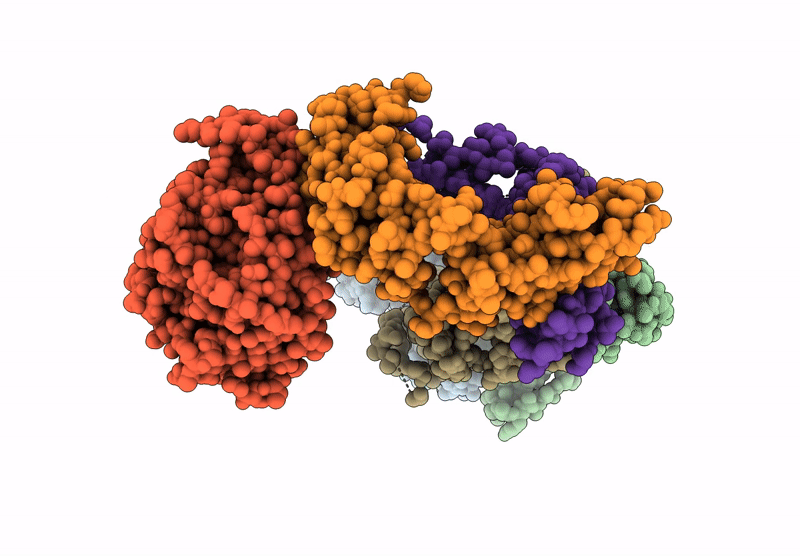
Deposition Date
2023-10-26
Release Date
2024-10-30
Last Version Date
2025-07-16
Entry Detail
PDB ID:
8URO
Keywords:
Title:
Crystal structure of IgG1-Fc fragment (E382S) in complex with Corynebacterial ENGase CU43 (D187A-E189A)
Biological Source:
Source Organism:
Corynebacterium ulcerans (Taxon ID: 65058)
Homo sapiens (Taxon ID: 9606)
Homo sapiens (Taxon ID: 9606)
Host Organism:
Method Details:
Experimental Method:
Resolution:
3.62 Å
R-Value Free:
0.36
R-Value Work:
0.33
R-Value Observed:
0.33
Space Group:
P 1 21 1


